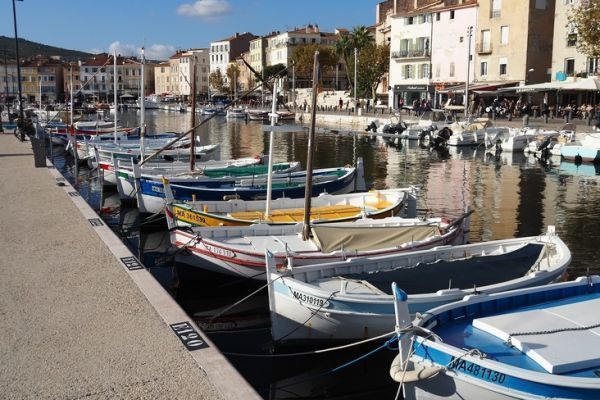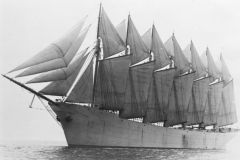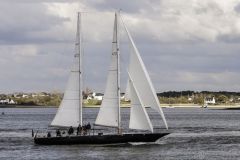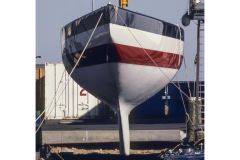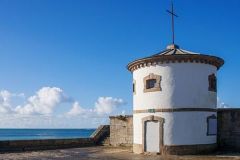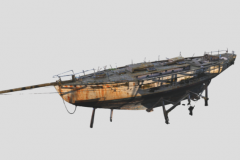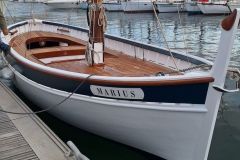A bit of history
The ancestor of the Marseilles barquette dates back to antiquity, as evidenced by the numerous representations on display at Mucem, the Museum of European and Mediterranean Civilization in Marseilles.

Its development on the French coast dates back to the 18th century e century, and has its origins in Naples. The Neapolitans had designed special hulls with excellent performance in Mediterranean cross chop.
A number of Italian families - Ruoppolo, Battifero, Noguera - settled in Marseille and brought their know-how to the maritime industry.

The barquette was favored by fishermen for its low cost, sturdiness and ease of construction. Powered by a lateen sail, over time the barquette came to be fitted with an internal combustion engine, preferably a Baudouin, as the engine manufacturer set up successively in Marseille and Cassis.
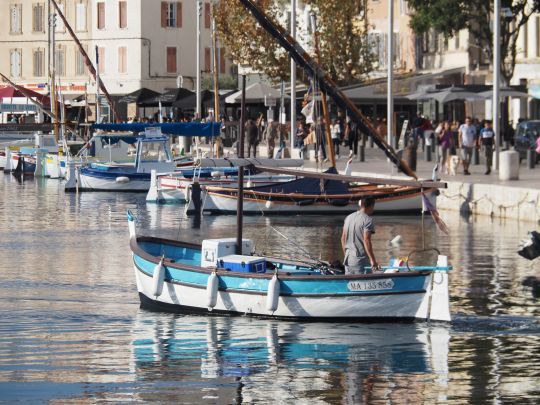
André Ruoppolo was one of the first to build pleasure boats for Marseille families. Located in the Vallon des Auffes, his yard produced nearly a thousand barquettes until the early 1980s.
How can you tell a barquette from a pointu?
A tray has well-defined characteristics:
- a wooden, decked construction with bilge and hatch, and sometimes a narrow, central or aft cockpit
- between 4 and 9 m long
- Its symmetrical hull is pointed at the bow and stern, and benefits from a larger beam than the pointed hull. The Marseille barque also has a more curvaceous bow and stern. The shape of the hull is designed to respect the template of Saint-Joseph, the patron saint of carpenters.

- its bow is topped by a mooring sling. But this sling, known as a capian, is adorned with two cheeks, a symbol of virility, and is also the trademark of every shipyard.
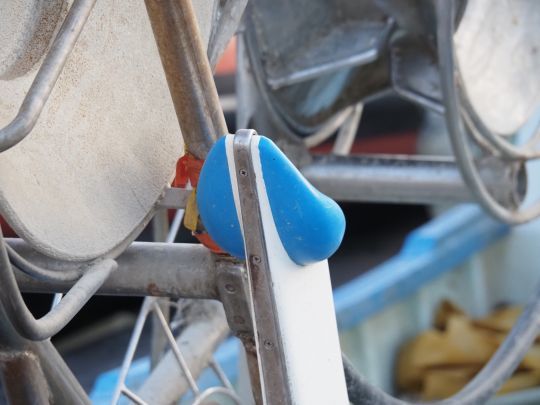
- a tray often bears a first name, to pay tribute to a family member, whether deceased or not.
If you don't meet all these criteria, you're looking at something other than a tray!
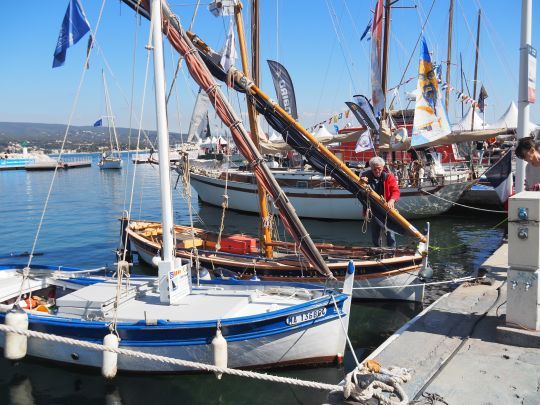
So where does the term "pointed" come from?
The term "pointu", which is a generic term for the general public, appeared at the beginning of the 20th century e century. The conscripts of the French Navy stationed in Toulon nicknamed these fishing boats "pointus", in contrast to the canoes of the French flotilla, which had conventional characteristics, notably a vertical transom.
Geographically, the term "pointu" has remained firmly established in the Var and Alpes Maritimes regions. In the Bouches du Rhône, the Marseille barquette continues to hold its own. It coexists with its Gulf of Lion neighbor, the Catalan barque, which also has its own characteristics.

 /
/ 